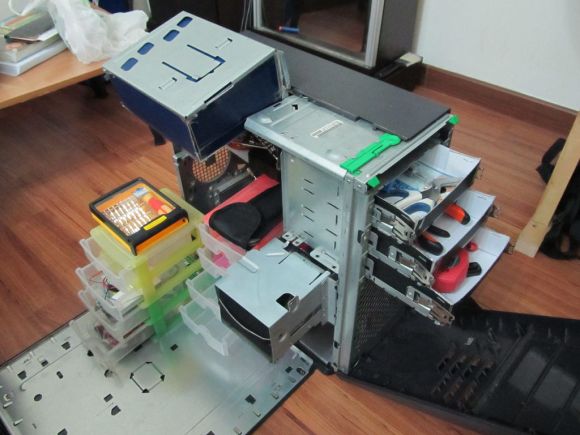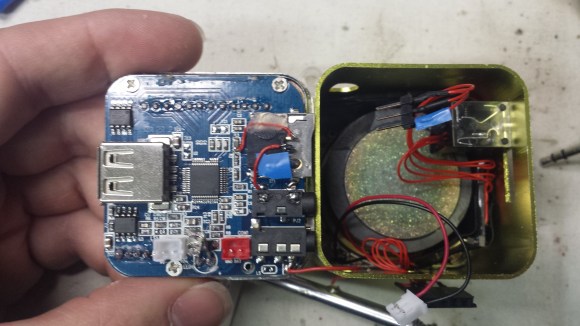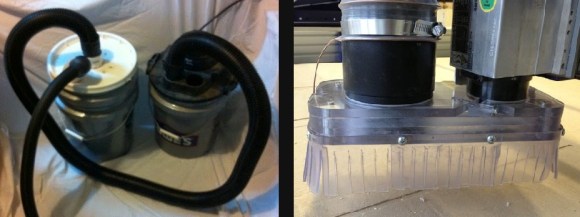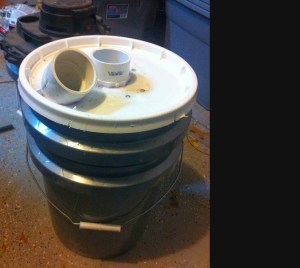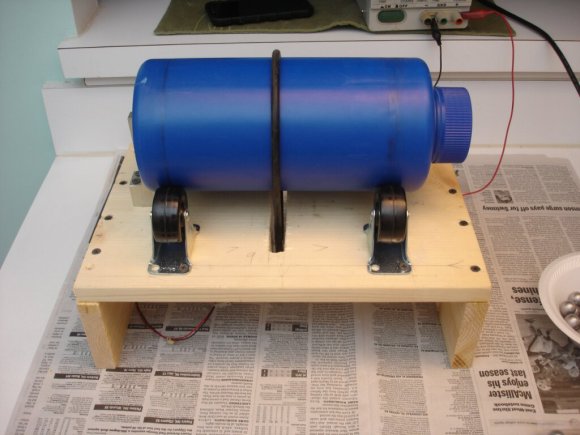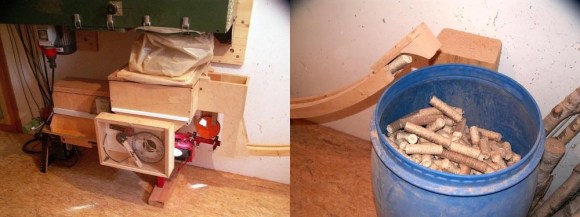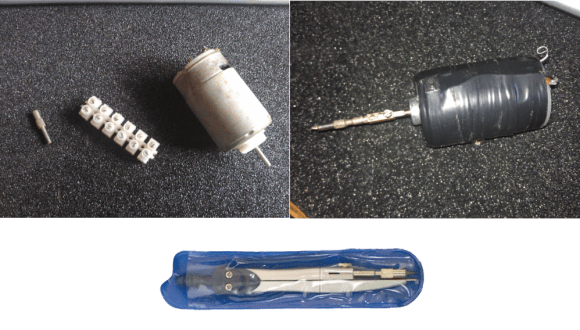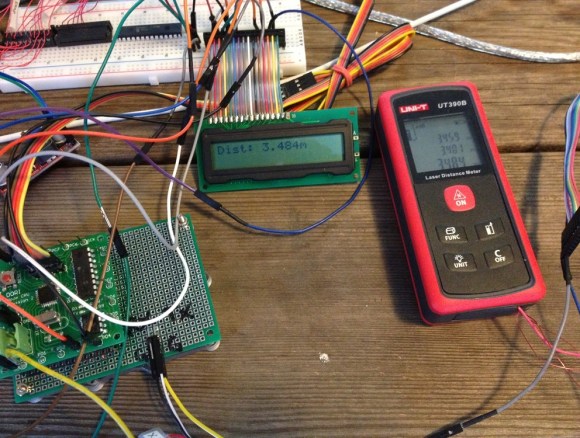
[Andrew] got a little help from his friends to hack a laser distance meter. Using laser distance meters as sensors is one of the great quests of hackers – with good reason. Accurate distance readings are invaluable for applications including robots, printers, and manufacturing. We’ve seen people try and fail to hack similar units before, while others built their own from scratch. [Andrew] started experimenting with the UNI-T 390B, a relatively cheap ($60 USD) device from China. He found the 390B has a serial port accessible through its battery compartment. Even better, the serial port is still enabled and outputs distance data. While data could be read, [Andrew] couldn’t command the 390B to start a measurement. The only option seemed to be using the Arduino to simulate button presses on the 390B’s front panel.
In an update to his original blog, he described an Arduino sketch which would decode the distance measurements. That’s when [speleomaniac] jumped in with the discovery that the Uni-T would respond to commands in the form “*xxxxx#”. Armed with this information, [Andrew] posted a second update with a basic command breakdown. Command *00004# will take a single measurement and output the data via serial. Command *00002# will take 3 measurements, outputting them in a C style array format. There are several other commands which output debug information and what appear to be stored measurement dumps. Although he didn’t explore every nuance of the data output, [Andrew] now has enough information to initiate a measurement and read the result. Nice work!
[Thanks James!]

